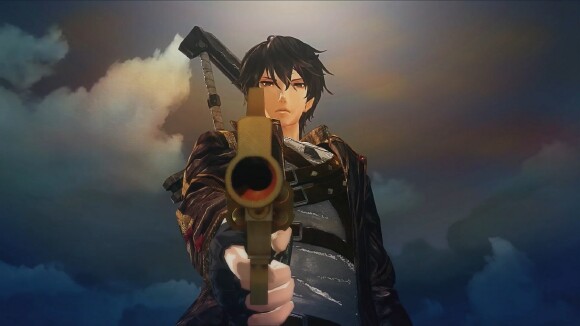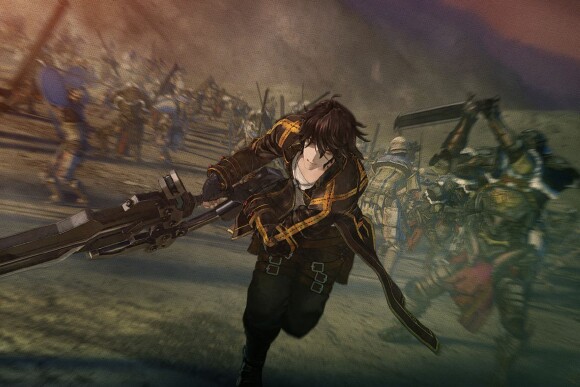Valkyria Revolution is not a sequel to Valkyria Chronicles despite having the "Valkyria" title. In fact, Revolution even changes from its standard strategy based gameplay to a more fast-paced action battle system.

Valkyria Revolution follows the story of five friends who conspire to start a war for the greater good of their country but at the expense of many lives. Known as “The Five Traitors”, these friends use their positions of power in military, politics, media, and business to control the information about the war. Unfortunately, the story in Revolution is lackluster and a dredge to get through. It’s told as a flashback and every chapter has you return to the submenu in order to progress.

Amleth Gronkjaer is the leader of the five traitors and also the game’s protagonist. The story progresses around the actions of Amleth and the Anti-Valkyria Squad in their attempt to stop the Ruzi Empire from conquering Jutland and the surrounding areas.

Unlike previous games in the series, Valkyria Revolution does away with the strategic gameplay that made it so unique. Instead, Sega chose to make the combat in Revolution much faster than its predecessor. Utilizing an action gauge, players must wait until it fills for their turn to attack. However, you are free to move in any direction you choose as well as block and dodge without any penalty. This one change erodes almost any tension or strategy that the previous ones were so good at creating. Outside of just wildly swinging a weapon, you can use the Battle Palette screen to use secondary weapons, items, and abilities.

The Battle Palette menu is a great tool to use in battle because it allows you to use long range weaponry and grenades. It's great for taking out big groups of enemy soldiers without running the risk of taking damage. Using the Battle Palette menu, you can also use alchemy to attack enemies or support teammates. Enemies, as well as allies, are susceptible to emotions on the battlefield and using the Battle Palette allows you to use these emotions to your benefit. Causing fear and panic in enemy soldiers lowers their guard and damage which can make a tiring battle much easier.

If you don’t mind doing a bit of micromanaging you can set priorities to squad members. Much like gambits from FFXII, priorities set rules for your teammates to follow such as who to attack and who to support. Playing around with priorities and having the correct team formation can also make battles a lot easier.

In Valkyria Revolution, when you aren’t busy running missions, you can walk around the city and interact with the townspeople. You can read the newspaper to see how people are reacting to the war, buy new gear for your squadron, upgrade abilities and weapons, and see how your squad mates are enjoying their time.

When in town you can upgrade your weapons by using ragnite that you find from missions. Using ragnite to enhance weapons can put you in a tight spot because once you use ragnite it's gone forever, and ragnite can also give your squad new abilities. You must choose carefully between getting better weaponry or getting new skills, but what is one without the other? You can also order ragnite from the military to support the war effort, but the ragnite you receive is completely random.

Valkyria Revolution is sometimes a trudge to get through, there is a lot more talking and cutscenes than I would have liked. However, the core gameplay is solid and overall still a lot of fun if you want to try your hand at a “strategy” hack-and-slash. I give Valkyria Revolution 3 TOV Stars out of 5.

